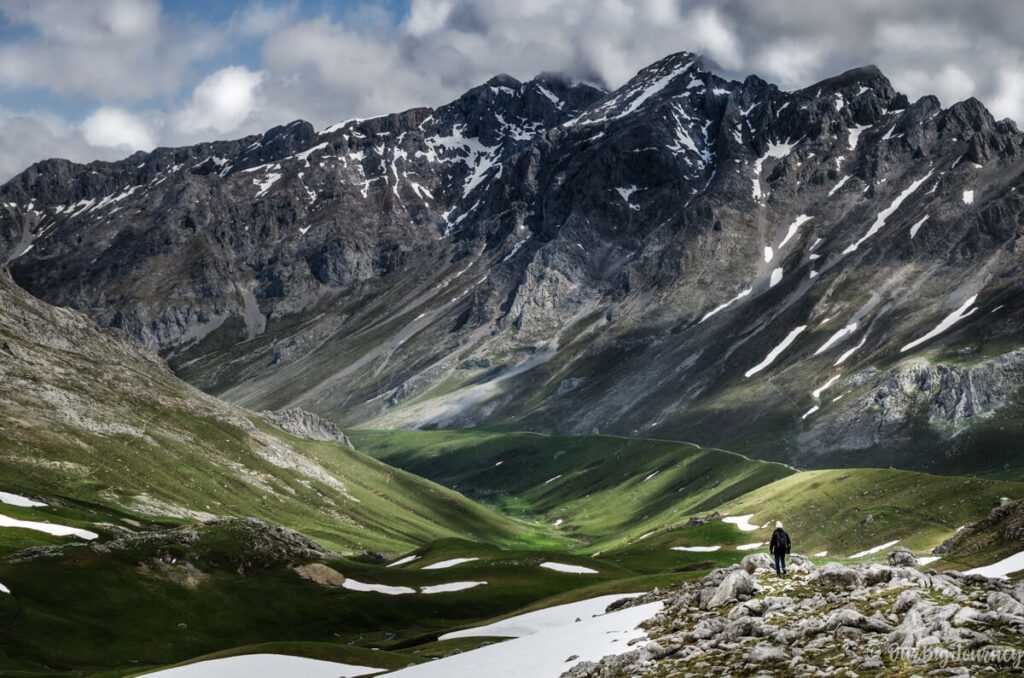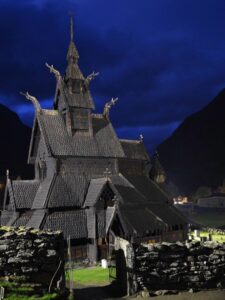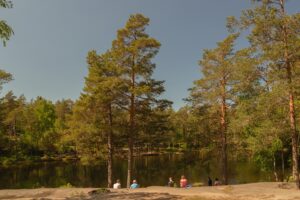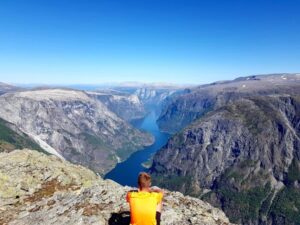Picos de Europa National Park: Stunning Mountains and Hiking
Nestled in northern Spain, Picos de Europa National Park is a breathtaking destination for nature lovers and adventure seekers. Known for its dramatic limestone peaks, lush valleys, and diverse wildlife, this park offers a unique blend of natural beauty and cultural heritage. Whether you’re an avid hiker or simply looking to soak in the stunning landscapes, Picos de Europa is a must-visit destination.
What to See
Picos de Europa is a paradise for outdoor enthusiasts. The park is home to some of the most stunning mountain scenery in Spain, with jagged peaks that rise sharply from the lush green valleys below. One of the most popular spots is the Covadonga Lakes, a pair of glacial lakes surrounded by picturesque mountains. The lakes are easily accessible by car and offer several walking trails with breathtaking views.
Another highlight is the Cares Gorge, a spectacular canyon that stretches for about 12 kilometers. The Cares Trail, which runs through the gorge, is one of the most famous hiking routes in Spain. It’s a relatively easy walk, making it suitable for most visitors, and offers stunning views of the surrounding cliffs and the river below.
For those interested in wildlife, the park is home to a variety of species, including the Cantabrian brown bear, Iberian wolf, and golden eagle. Birdwatchers will also find plenty to see, with over 100 species of birds recorded in the park.
A Bit of History and Interesting Facts
Picos de Europa was declared a national park in 1918, making it one of the first national parks in Spain. The park covers an area of about 646 square kilometers and spans three regions: Asturias, Cantabria, and Castile and León. The name “Picos de Europa” is believed to have originated from sailors who used the peaks as a landmark when returning from the Americas.
The park is also rich in cultural heritage. The Covadonga Sanctuary, located near the lakes, is an important pilgrimage site and holds significant historical importance. It is said to be the site of the Battle of Covadonga, where the Christian forces won a crucial victory against the Moors in the 8th century, marking the beginning of the Reconquista.
How to Get There and Tips for First-Time Visitors
Getting to Picos de Europa is relatively straightforward. The nearest major city is Oviedo, which is well-connected by train and bus to other parts of Spain. From Oviedo, you can rent a car or take a bus to the park. The park is also accessible from Santander and Bilbao, both of which have airports with flights from major European cities.
For first-time visitors, it’s important to note that the weather in Picos de Europa can be unpredictable. Even in summer, temperatures can drop quickly, especially at higher altitudes, so it’s advisable to bring layers and waterproof clothing. The park is open year-round, but some trails may be closed in winter due to snow.
Accommodation options range from campsites and mountain refuges to charming rural hotels and guesthouses in nearby villages. It’s a good idea to book in advance, especially during the peak summer months.
Whether you’re planning a day trip or a longer stay, Picos de Europa offers a wealth of experiences for visitors of all ages. From hiking and wildlife watching to exploring historical sites, there’s something for everyone in this stunning national park.








